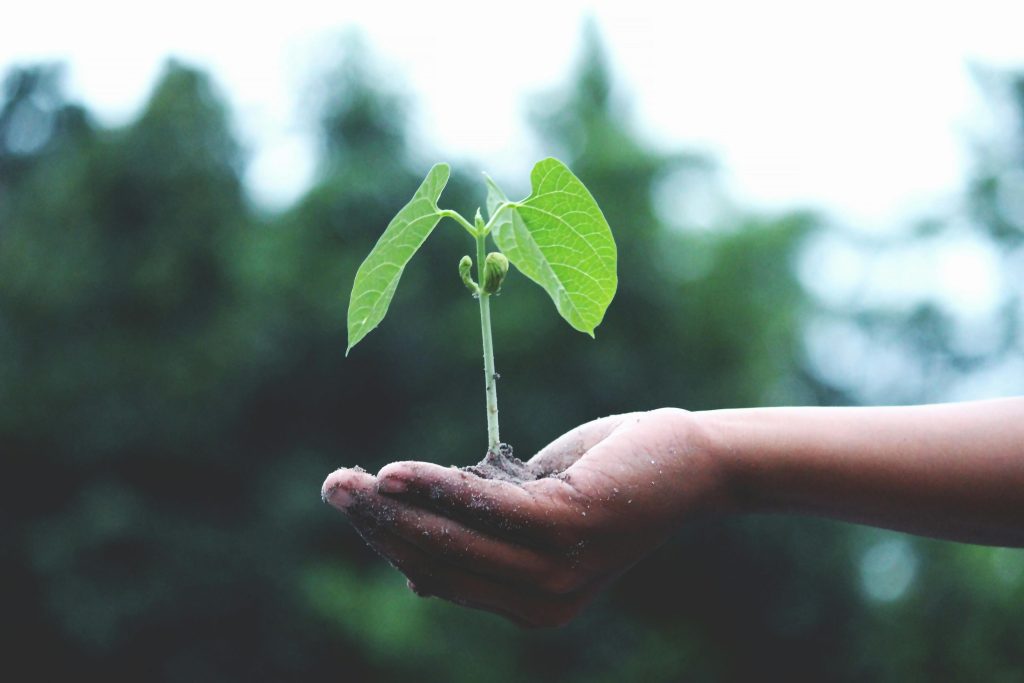General company procedure COVID-19
COVID-19 or the coronavirus is spread through humans and animals. The virus cannot survive well outside the body. The chance that you will become infected by touching products or surfaces is small, but cannot be ruled out. A virus always needs a human or animal to “stay alive” and to be able to spread. The virus can only survive for a short time outside the body. This depends on, for example, the type of surface, the temperature, and the humidity. The virus survives better on hard/ smooth materials such as plastic, metal, and glass, and less well on porous surfaces such as paper and cardboard. A surface that may be contaminated can easily be cleaned with a normal cleaning solution. Take precautions for all viruses that can cause the flu and cold and wash your hands regularly.
Measures to prevent the spread of COVID-19
- Stay home if you have complaints of a cold or cough, sore throat of fever. Avoid social contact.
- Keep an eye on your health, if you get a cold or increase to 38 degrees Celsius, you stay home to recover from the sickness and to not infect others.
- You can call the doctor if you get a fever (more than 38 degrees Celsius) and cough or if your breathing becomes increasingly difficult.
- If you have been in contact with people who are infected or have been in a risk area, then stay extra alert.
- When can you go back to work: If you have the above complaints, you should stay at home until you have one day without coughing and you don’t have a fever. If family members still have complaints, you may return to work if you have not coughed for one day and have no fever.
- Even if you have no complaints, work from home as much as possible or try to spread your working hours.
- Do not attend trade fairs, events, gathering, or other places where many people gather.
- Visitors to our company are prohibited, visitors are only allowed for urgent or emergency situations.
- Consultations and meetings held by telephone, video calling, and etc. as much as possible. This also applies to internal consultation or otherwise only with a small group with due observance of the hygiene measures below.
Hygiene measures to be observed:
- Wash your hands regularly and thoroughly with water and disinfectant soap and / or gel.
- Dry well with paper (on a roll or towels) or air dryer. These dryers must be thoroughly cleaned and disinfected at least every day.
- Cough and sneeze into the inside of your elbow.
- Use tissue paper and wash your hands afterwards.
- Don’t shake hands.
Related articles to Example COVID-19 procedure for companies?
Many customers and visitors to this page 'Example COVID-19 procedure for companies?' also viewed the articles and manuals listed below:



